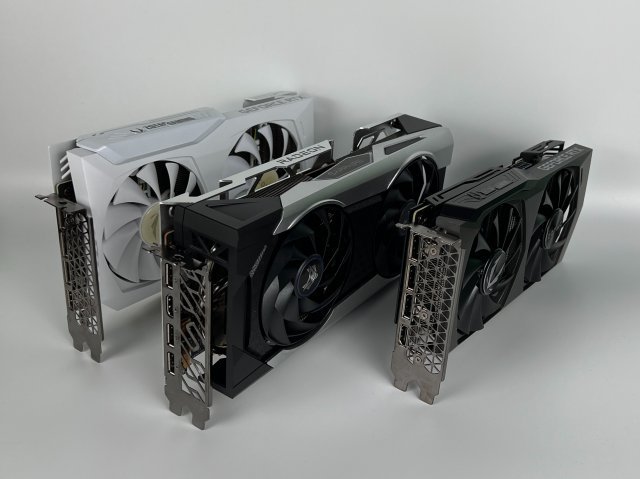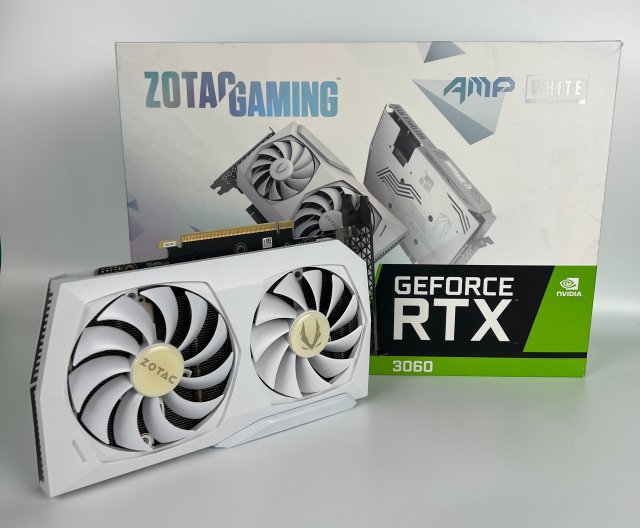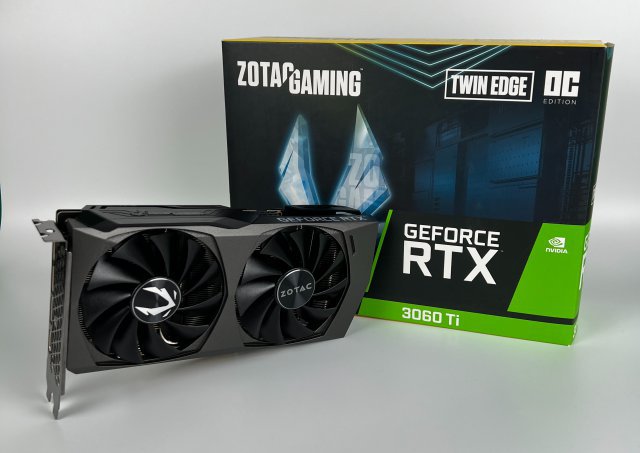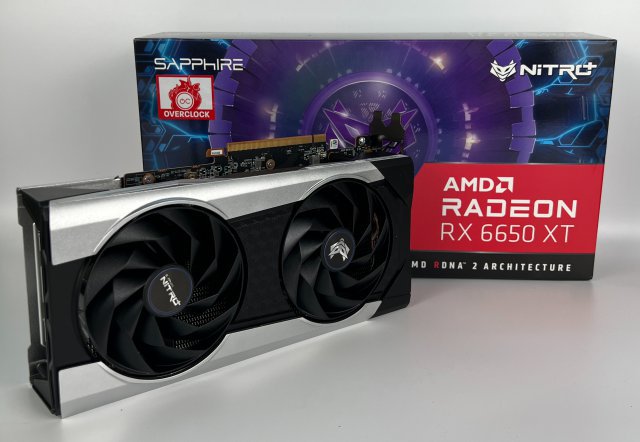Hardware: The trill about the GPU middle class: AMD Radeon 6650 XT vs. RTX 3060 & Ti – Special

Update for the graphics cards
The age of refreshes has begun: In the CPU area, Intel with the 12900KS (see test here) and AMD with the 5800X3D have already shortened the waiting time for the next CPU generation. Manufacturers NVIDIA are doing something similar, for example with the sophisticated RTX 3090 Ti, and also AMD with the XT refresh. Are these updates needed or are they just scams by the manufacturers to get another scoop?
Since graphics card prices continue to tumble and most current chips still deliver ample performance for current games, an upgrade could well be worthwhile – especially if you are still playing with a graphics card at the level of a mid-range Turing or Pascal (GTX 1060 or 1070) or older. Then the new cards bring a decent increase in performance and you are well prepared for the next few years.
AMD Radeon 6650 XT vs RTX 3060? Or would you prefer 3060 Ti?
NVIDIA hasn’t done much in the lower middle class: The 3060 was released in early 2021, the 3060 Ti at the end of 2020 – a refresh is not necessary. The 6×50 XT series, on the other hand, offers a slightly higher CPU and memory clock and higher power consumption compared to the “normal” models 6600 XT, 6700 XT and 6900 XT. In our first three-way battle, we first let the middle class compete against each other and want to show who has the edge. In general, the cards are excellent for 1080p with a very high refresh rate and are also well equipped for 1440p, although depending on the game you may have to forego some details in order to get high frame rates.
However, the comparison is not easy, since the graphics card prices are still going crazy despite the current downward trend – and the RX 6650 XT is between the 3060 and the 3060 Ti depending on the model in terms of price and performance. In some cases it even beats the Ti, albeit by a hair’s breadth. That’s why we decided to include the slightly more expensive Ti version as well.
The NVIDIA duo: ZOTAC GeForce RTX 3060 AMP WHITE and ZOTAC RTX 3060 Ti TwinEdge
In the compact white design with white LED elements, the ZOTAC card with a length of only 22cm and a weight of 1 kg looks downright dainty compared to other 3060 models or even the RX 6650 Nitro+. Under the hood, however, it offers specifications that have been washed: 12 GB of DDR6 memory, 3584 CUDA cores and a boost clock of 1867 Mhz – a whopping 90 MHz more than conventional 3060 models. The AMP WHITE fits perfectly in Mini-ITX cases and, thanks to the simple color scheme, cuts a fine figure, especially in white cases. With an RRP of 349 euros, it is one of the more expensive representatives of the 3060 series, although it cannot currently be found online for less than 530 euros.
It gets all the more exciting with the 570 Euro 3060 Ti, also from Zotac, which in turn is one of the cheaper Ti variants. However, it offers 4864 cores (+35%) and accesses 8 GB of memory on a 256-bit memory bus, while the 3060 can access 12 GB on a 256-bit bus. Furthermore, the 3060 Ti offers 38 ray tracing cores, the 3060 only 28. For comparison: A 3090 Ti has a whopping 82 RT. The test will show how smoothly the realistic light and reflection effects are displayed on the 3060.
The challenger from Camp Rot: Sapphire RX 6650 XT Nitro+
With a full clock speed of 2635 MHz (up from 2360 for the regular 6600 XT) and a memory bandwidth of 17.5 Gbps (up from 16), AMD not only wants to create the perfect 1080p card, but also want to get involved in the 1440p range. Thanks to a huge cooler, it should be able to hold the high boost frequencies and be quiet at the same time.
As always, we test a healthy mix of current titles that also make top graphics cards glow, such as Cyberpunk 2077, Forza Horizon 5 and Far Cry 6 or modern classics such as GTA 5 and Shadow of the Tomb Raider. We always repeat all tests three times to avoid measurement inaccuracies and test both the Full HD (1920×1080), WQHD (2560×1440) and 4K (3840×2160) resolutions. We also measure the card’s pure power consumption under load and in idle mode as well as the noise development. Not only the pure refresh rates are also important, but also the quality of the upscaling methods used (DLSS 2.0 vs. FSR 2.0, if supported), which ensure smoother gameplay, especially with mid-range cards.
Reference-www.4players.de


